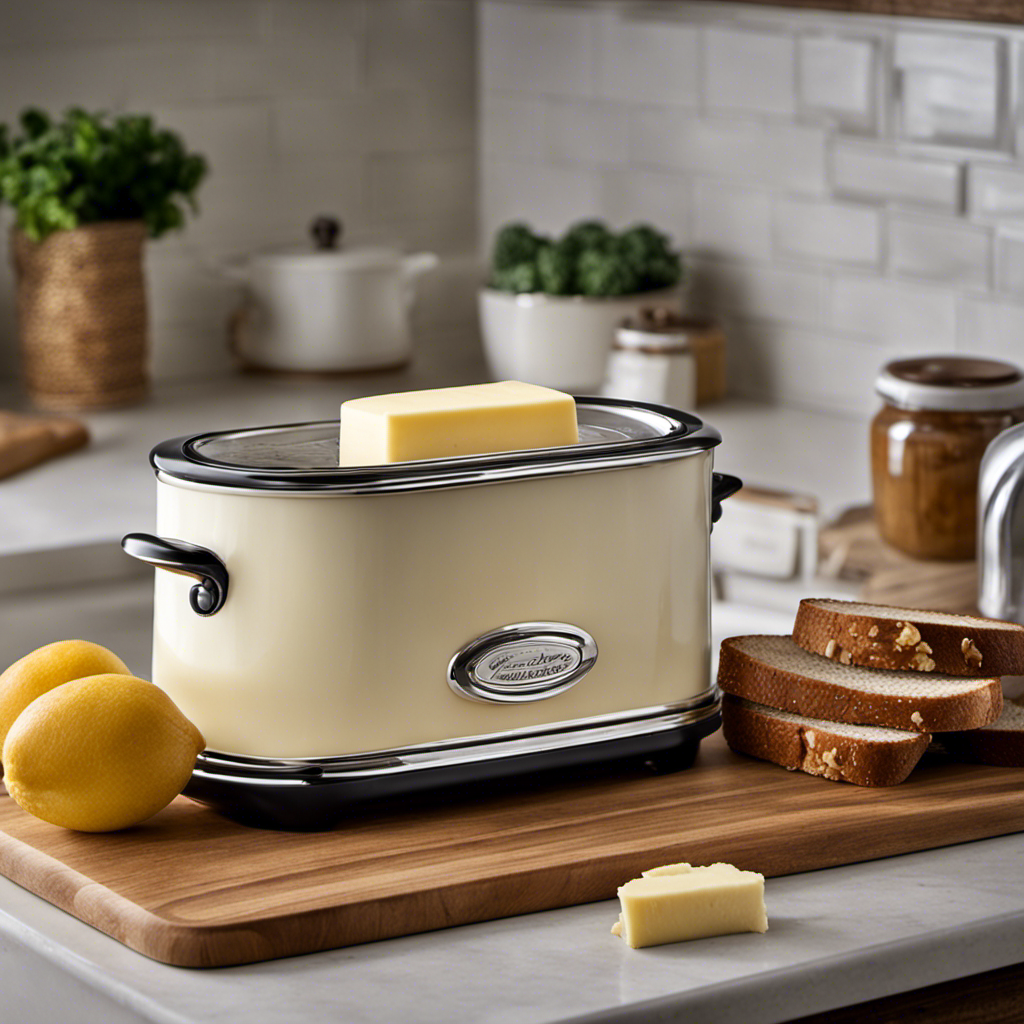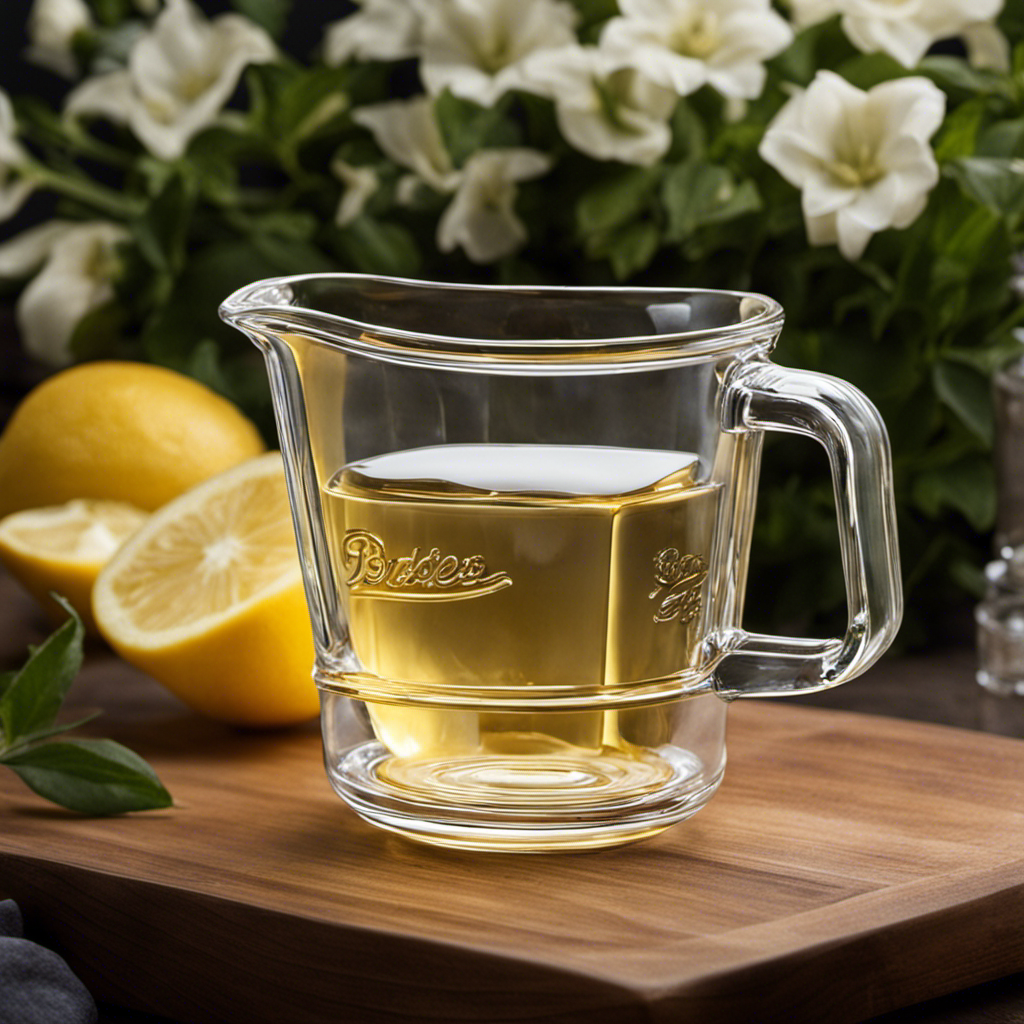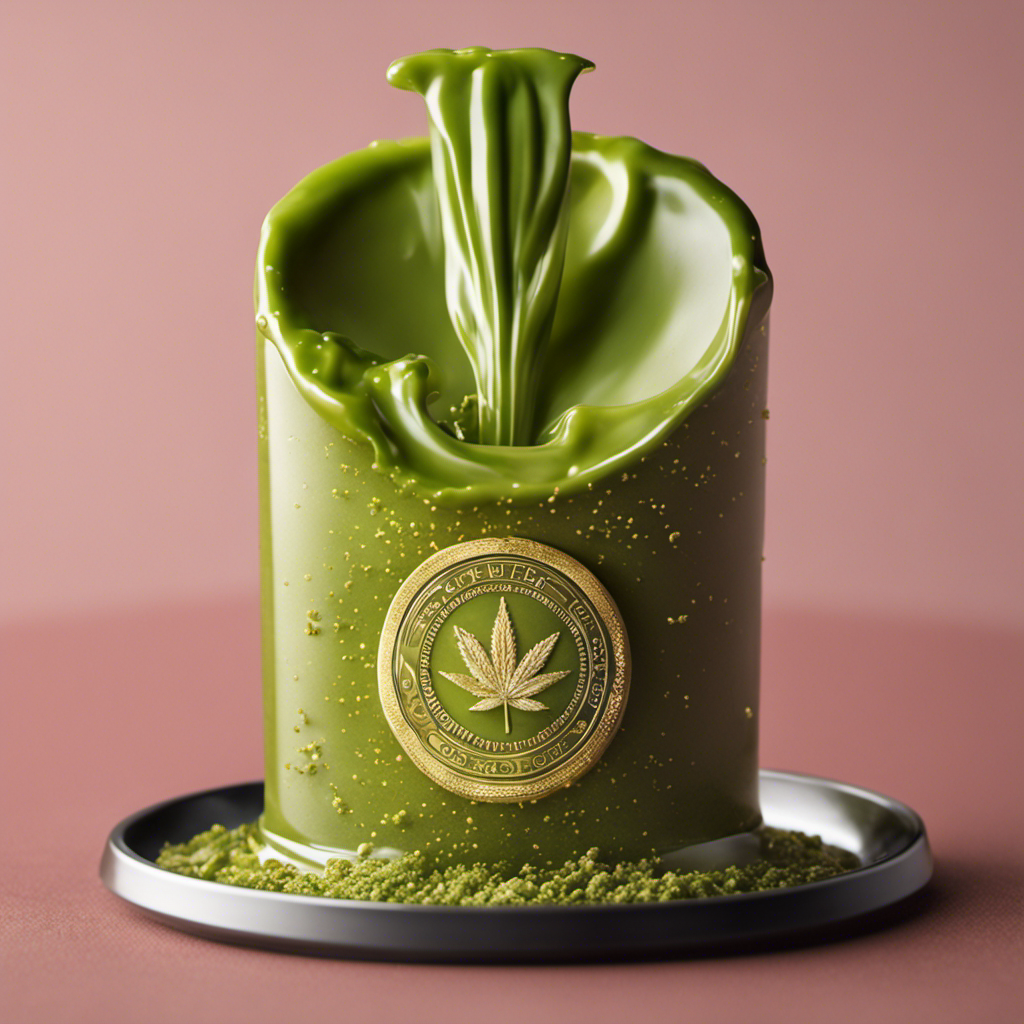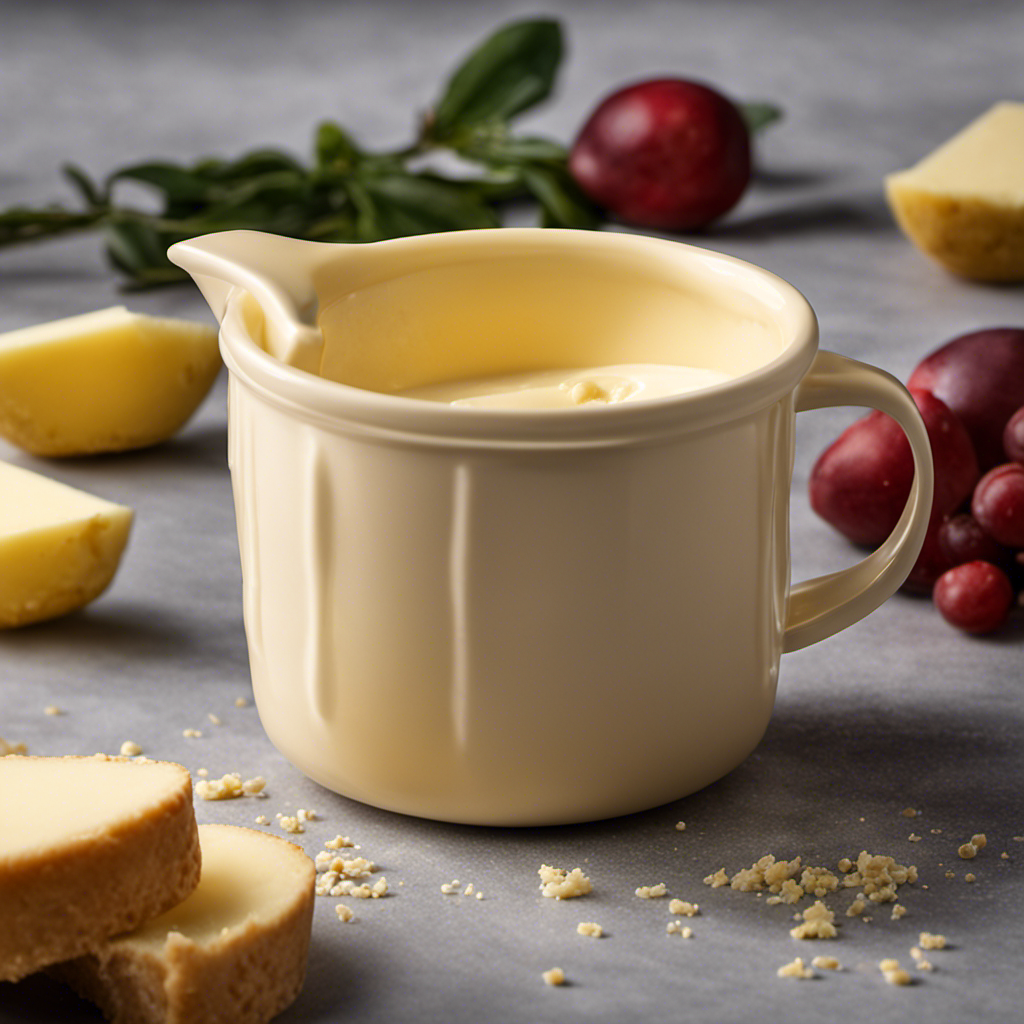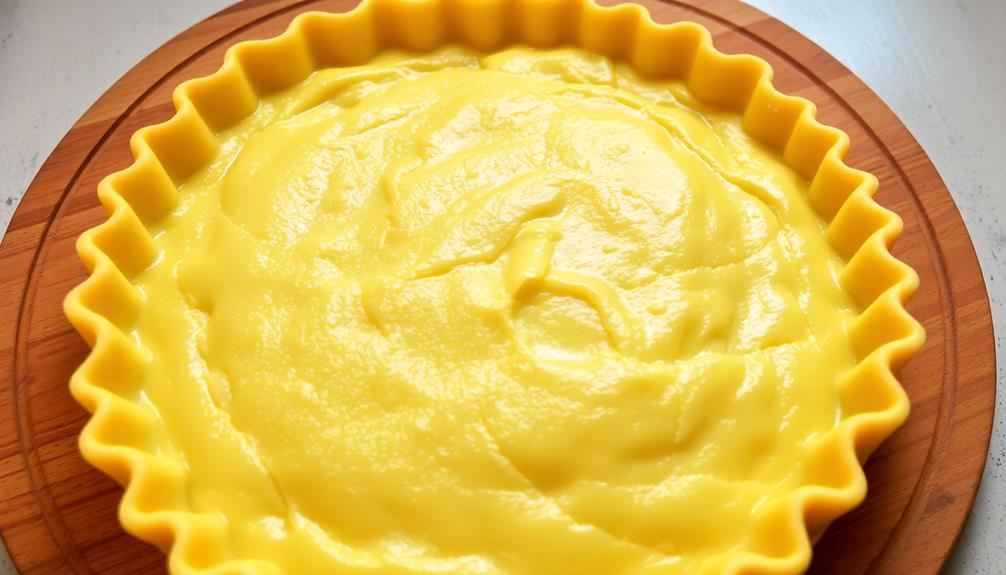I’ve consistently enjoyed utilizing a butter crock to maintain my butter’s freshness and spreadability.
But I know that many people aren’t familiar with this handy kitchen tool.
That’s why I’ve put together this guide on how to use a butter crock properly.
From selecting the right crock to troubleshooting common issues, I’ll walk you through every step.
So get ready to elevate your butter game and say goodbye to hard, unspreadable butter forever.
Key Takeaways
- Select a butter crock that fits your needs in terms of size and design
- Storing butter in a crock ensures fresh and spreadable butter for longer periods
- The crock’s airtight seal protects butter from air and light, maintaining its quality
- Proper cleaning and maintenance of the crock will prevent mold and ensure its longevity
Selecting the Right Butter Crock
To select the right butter crock for you, you’ll want to consider the size and design that best fits your needs. Choosing the best butter crock is important because it will ensure that your butter stays fresh and spreadable for longer periods of time.
The benefits of using a butter crock are numerous. Firstly, it provides a stable temperature for the butter, keeping it at the perfect consistency for spreading. Additionally, it protects the butter from exposure to air and light, which can cause it to spoil quickly.
The design of the butter crock also matters, as some have handles for easy transportation, while others have a more decorative appearance. By carefully considering the size and design, you can find the perfect butter crock to enhance your butter experience.
Preparing the Butter for Storage
When preparing your butter for storage in the crock, make sure to soften it to room temperature first. Storing butter at room temperature has its benefits, as it allows for easy spreading and enhances the flavor.
To achieve the perfect softness, leave the butter out on the countertop for about 30 minutes before transferring it to the crock. This will ensure that it is soft enough to easily spread on bread or toast.
The beauty of using a butter crock is that it keeps the butter at the ideal temperature for spreading, while also preventing it from spoiling. The crock’s design creates an airtight seal, protecting the butter from exposure to air and light.
Using the Butter Crock Properly
Make sure you properly seal the lid on your crock to maintain the freshness of the butter.
Storing butter in a crock has numerous benefits.
Firstly, it keeps the butter at the perfect spreadable consistency, so you don’t have to struggle with hard, cold butter straight from the fridge.
The crock’s airtight seal also prevents any odors from infiltrating the butter, ensuring its pure, creamy flavor.
Additionally, the crock’s cool and dark environment helps to preserve the butter’s freshness and prevent it from spoiling quickly.
The crock’s design, with its water-filled base, creates a natural barrier that keeps the butter protected and free from contact with air.
With a butter crock, you can enjoy fresh and spreadable butter every day without worrying about it going bad.
Cleaning and Maintaining the Butter Crock
Cleaning and maintaining the butter crock is essential for ensuring its longevity and functionality. Proper cleaning techniques are crucial to prevent mold growth and maintain a clean and safe environment for your butter.
After each use, I recommend washing the crock with warm soapy water and a soft sponge. Make sure to remove any remaining butter residue and dry the crock thoroughly before refilling.
To prevent mold growth, it is important to keep the crock in a cool, dry place away from direct sunlight. Regularly inspect the crock for any signs of mold or mildew, and if detected, clean it immediately using a mixture of vinegar and water.
By following these cleaning techniques, you can ensure that your butter crock remains in excellent condition for years to come.
Now, let’s move on to troubleshooting common issues with butter crocks.
Troubleshooting Common Issues With Butter Crocks
If you’re experiencing any issues with your butter crock, the first thing you should check is the seal to ensure it’s tight and secure. A faulty seal can lead to common butter crock problems such as butter becoming soft or rancid.
To fix butter crock issues, follow these steps:
-
Clean the seal: Use a damp cloth to wipe away any residue or debris that may be preventing the seal from closing properly. Make sure to dry it thoroughly before using.
-
Adjust the seal: If the seal is loose or worn out, you can try adjusting it by gently bending the metal band to create a tighter fit. Be careful not to damage the seal in the process.
-
Replace the seal: If the seal is damaged beyond repair, it’s best to replace it with a new one. You can find replacement seals online or at kitchen supply stores.
Frequently Asked Questions
Can I Use Any Type of Butter in a Butter Crock?
Yes, you can use different types of butter in a butter crock. However, it is not recommended to use margarine as it has a higher water content and may not keep well in the crock.
How Long Can Butter Stay Fresh in a Butter Crock?
Butter stays fresh in a butter crock for up to one month. To store butter in a butter crock, soften it and press it into the lid. Fill the base with cold water and replace the lid.
Can I Use a Butter Crock for Storing Other Types of Spreads?
Yes, you can use a butter crock for storing other types of spreads like jams and jellies. It’s important to clean and maintain the crock properly to keep your spreads fresh and delicious.
Is It Safe to Leave the Butter Crock Out on the Kitchen Counter?
Leaving the butter crock out on the kitchen counter is perfectly safe! Not only does it add a touch of elegance to your countertop, but it also keeps your butter fresh and spreadable at all times. Just follow a few simple tips to maintain its freshness.
Can I Store Flavored or Herbed Butter in a Butter Crock?
Yes, you can store flavored or herbed butter in a butter crock. It’s a great way to keep the flavors fresh and easily accessible. Just follow the same steps for storing regular butter.
Conclusion
In conclusion, using a butter crock is a fantastic way to keep your butter fresh and spreadable for longer periods.
By selecting the right crock and properly preparing the butter, you can ensure a delightful butter experience every time.
With regular cleaning and maintenance, you can keep your crock in tip-top shape.
So why not give it a try and bring a touch of old-world charm to your kitchen?
Your taste buds will thank you for it!
